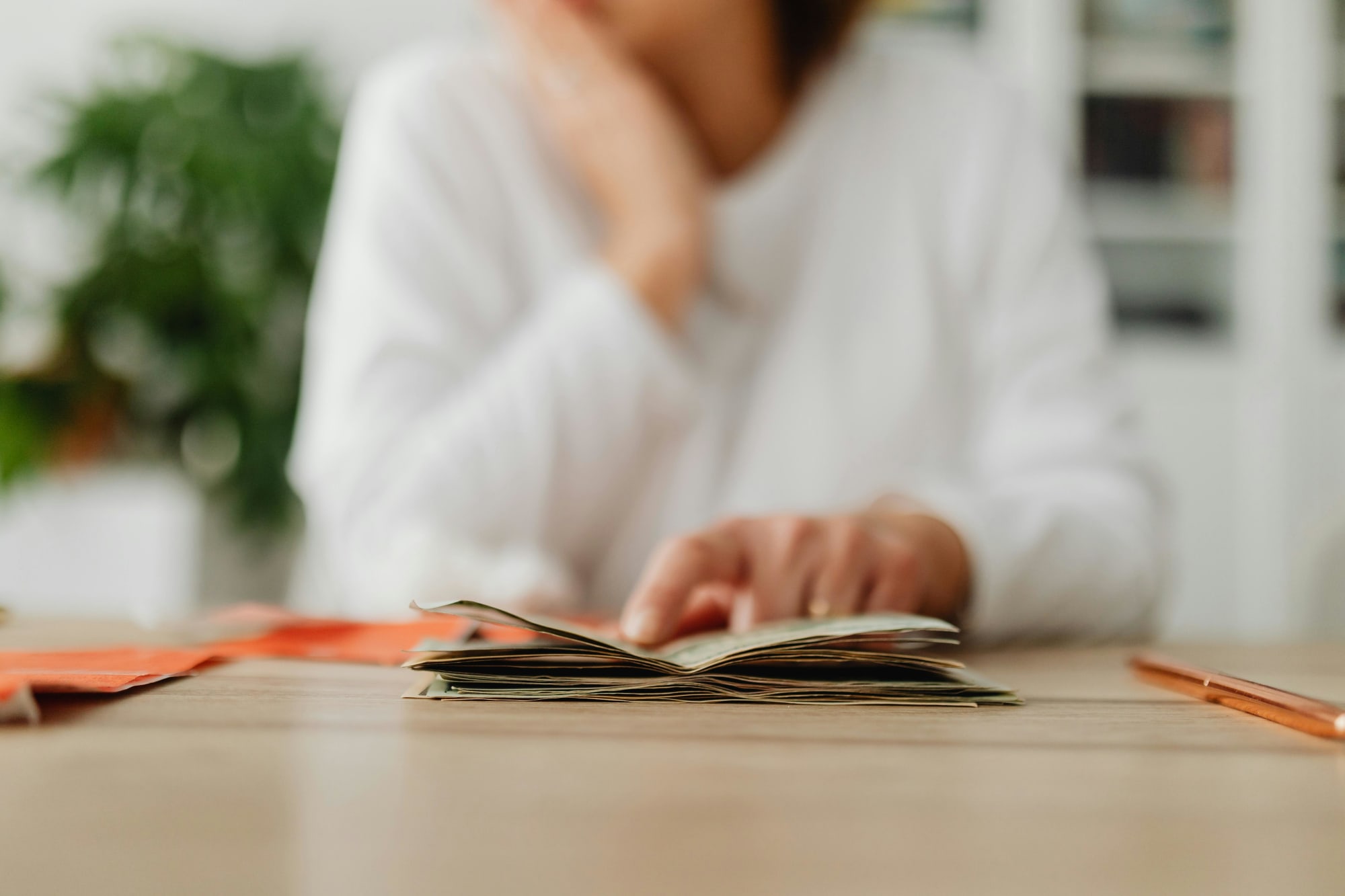Invest
How will printing money stabilise the economy?
Following a rate reduction to record lows and the central bank starting unconventional monetary policy, a leading economist has explained how the central bank will need to get creative in order to support growth.
How will printing money stabilise the economy?
Following a rate reduction to record lows and the central bank starting unconventional monetary policy, a leading economist has explained how the central bank will need to get creative in order to support growth.

According to AMP Capital chief economist Shane Oliver, now that interest rates have hit zero, the central bank has started Modern Monetary Theory (MMT) through quantitative easing.
“When interest rates have already fallen to zero, in order to support the economy, central banks have been turning to boosting the quantity of money in the economy. Hence, quantitative easing,” Dr Oliver explained.
Dr Oliver said that if a country borrows in its own currency (which Australia does – so there is no risk of a currency crisis) and there is more risk of deflation than inflation, then there is nothing wrong with using money printing to finance government spending, which can be allocated in an equitable way.
What is the downside of MMT

The challenge with helicopter payments or printing money is the potential for hyperinflation, which sees a currency devalue and the price of goods increase, Dr Oliver explained.
“The biggest risk in this whole strategy is that the expansion of the money supply results in a surge in inflation. Early last decade, when QE became popular, there was much talk of hyperinflation and the US becoming the next Zimbabwe, but it didn’t because while narrow measures of money (cash and bank reserves) surged, broader money supply measures like credit growth remained subdued, and at the same time, spare capacity in the economy remained high,” Dr Oliver said.
The chief economist said that once economic activity has recovered, there is a bigger risk of inflation and central banks may have to reverse easy money.
“But that’s an issue for some time away. We still have to end the shutdowns, and all go back to work and spending first,” Dr Oliver concluded.
About the author

About the author


Economy
RBA's hawkish stance reflects inflation concerns, State Street economist comments
In a recent statement, the Reserve Bank of Australia (RBA) has signaled a hawkish stance on interest rates, drawing insights from financial experts about the implications for Australia's economic ...Read more

Economy
Navigating the inflation maze: How CFOs can outsmart economic hurdles in Australia
Fresh inflation data have cooled expectations of near-term rate cuts in Australia, intensifying pressure on margins, capital allocation and demand. Rather than wait for monetary relief that may not ...Read more

Economy
Inflation concerns rise as Australia's CPI climbs to 3.8% in October
Australia's latest Consumer Price Index (CPI) figures have sent ripples through the economy, with headline inflation accelerating to 3.8% year-on-year in October, up from 3.6% in September. The data, ...Read more

Economy
October CPI results pose challenges for RBA’s monetary policy stance
In a surprising turn of events, the October Consumer Price Index (CPI) data has raised eyebrows among economists and market strategists, revealing stronger-than-expected inflationary pressures in ...Read more

Economy
Global deal activity declines by 6% amid economic uncertainty, reports GlobalData
In a year characterised by economic turbulence and evolving market conditions, global deal activity has witnessed a notable downturn during the first ten months of 2025. According to GlobalData, a ...Read more

Economy
Australia’s softening labour market puts another RBA cut in play — here’s what business should do now
A four-year high in unemployment has revived expectations the Reserve Bank could deliver another rate cut as soon as November. With quarterly GDP growth running at 0.6 per cent and annual growth at ...Read more

Economy
Rising CPI reinforces RBA’s stance as rate cut expectations remain: State Street
State Street Global Advisors says the Reserve Bank of Australia (RBA) is likely to hold its current policy outlook following the release of September quarter inflation data, which showed an unexpected ...Read more

Economy
NSW SES boosts tsunami preparedness ahead of World Tsunami Awareness Day
As World Tsunami Awareness Day approaches on 5 November, the New South Wales State Emergency Service (NSW SES) is ramping up efforts to enhance tsunami preparedness along the east coastRead more

Economy
RBA's hawkish stance reflects inflation concerns, State Street economist comments
In a recent statement, the Reserve Bank of Australia (RBA) has signaled a hawkish stance on interest rates, drawing insights from financial experts about the implications for Australia's economic ...Read more

Economy
Navigating the inflation maze: How CFOs can outsmart economic hurdles in Australia
Fresh inflation data have cooled expectations of near-term rate cuts in Australia, intensifying pressure on margins, capital allocation and demand. Rather than wait for monetary relief that may not ...Read more

Economy
Inflation concerns rise as Australia's CPI climbs to 3.8% in October
Australia's latest Consumer Price Index (CPI) figures have sent ripples through the economy, with headline inflation accelerating to 3.8% year-on-year in October, up from 3.6% in September. The data, ...Read more

Economy
October CPI results pose challenges for RBA’s monetary policy stance
In a surprising turn of events, the October Consumer Price Index (CPI) data has raised eyebrows among economists and market strategists, revealing stronger-than-expected inflationary pressures in ...Read more

Economy
Global deal activity declines by 6% amid economic uncertainty, reports GlobalData
In a year characterised by economic turbulence and evolving market conditions, global deal activity has witnessed a notable downturn during the first ten months of 2025. According to GlobalData, a ...Read more

Economy
Australia’s softening labour market puts another RBA cut in play — here’s what business should do now
A four-year high in unemployment has revived expectations the Reserve Bank could deliver another rate cut as soon as November. With quarterly GDP growth running at 0.6 per cent and annual growth at ...Read more

Economy
Rising CPI reinforces RBA’s stance as rate cut expectations remain: State Street
State Street Global Advisors says the Reserve Bank of Australia (RBA) is likely to hold its current policy outlook following the release of September quarter inflation data, which showed an unexpected ...Read more

Economy
NSW SES boosts tsunami preparedness ahead of World Tsunami Awareness Day
As World Tsunami Awareness Day approaches on 5 November, the New South Wales State Emergency Service (NSW SES) is ramping up efforts to enhance tsunami preparedness along the east coastRead more








